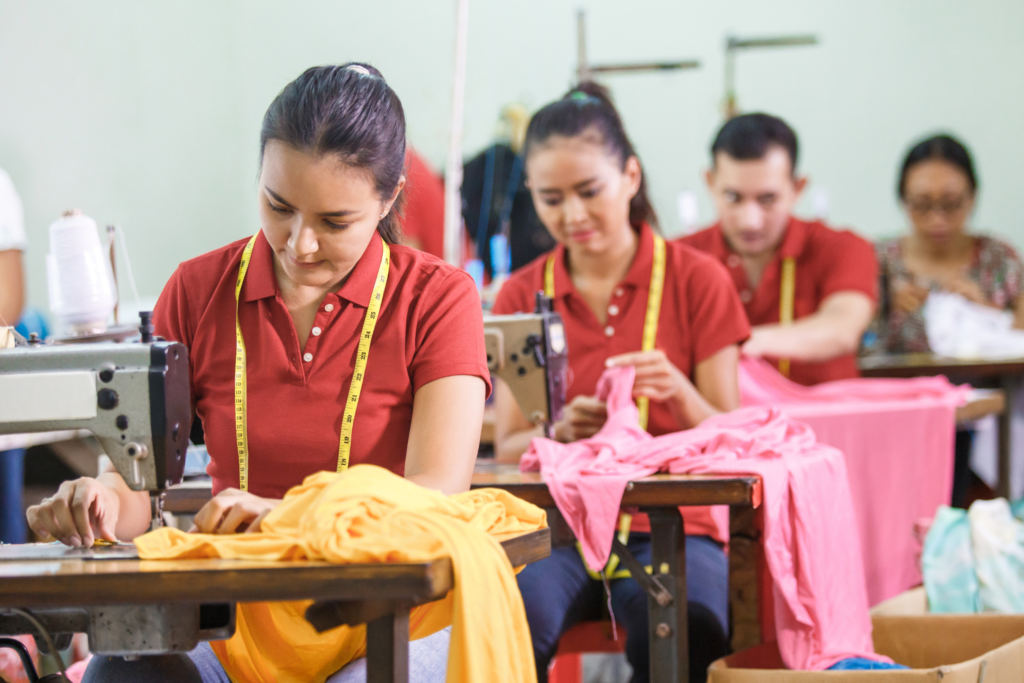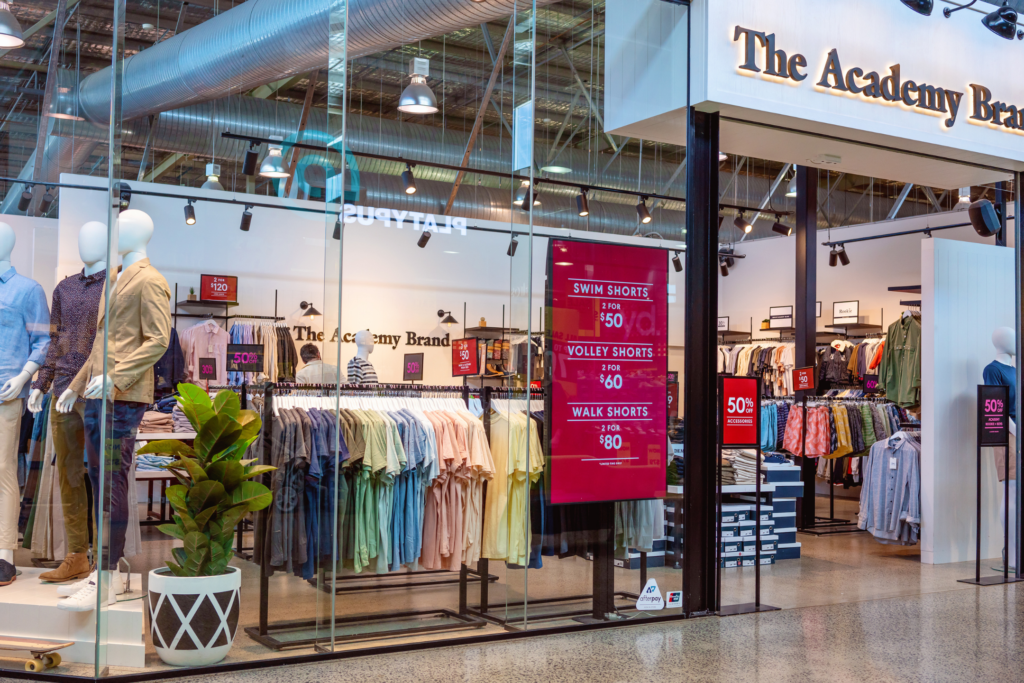The global fashion industry is not only a trillion-dollar business but also a complex web of creativity, culture, and commerce. However, behind the glitz and glamour lies a darker side: labor trafficking and exploitation within the supply chain. As consumers increasingly demand fast fashion—cheap and trendy clothing produced quickly and at low costs—the human cost of this phenomenon often goes unnoticed. This article investigates the issues surrounding labor trafficking in the fashion industry, highlighting the causes, consequences, and potential solutions.
Understanding Labor Trafficking in Fashion
Labor trafficking refers to the recruitment and use of individuals through force, fraud, or coercion for commercial sex or labor exploitation. The fashion industry is particularly vulnerable to such practices due to its intricate supply chains that span across various countries, often involving several intermediaries before products reach consumers. In many developing nations where manufacturing is concentrated, workers face unsafe conditions, long hours, and minimal pay. Vulnerable populations, including women, children, and migrants, are frequently targeted by traffickers who exploit their dire economic situations.
Countries such as Bangladesh, Vietnam, and Cambodia serve as major garment production hubs, where labor laws may be lax or poorly enforced. Workers in these regions often endure harsh realities: overcrowded factories, inadequate wages, and insufficient safety measures. Reports of physical abuse, forced overtime, and even debt bondage—wherein workers are trapped in cycles of debt to their employers—are disturbingly common.

Causes of Exploitation in the Fashion Supply Chain
Several factors contribute to labor trafficking within the fashion industry. First and foremost is the relentless demand for cheap clothing. Fast fashion brands prioritize rapid production and low prices, which result in cost-cutting measures that often disregard ethical labor practices. This pressure cascades down the supply chain to factories, where the pursuit of profit can lead to the exploitation of workers.
Moreover, globalization has enabled brands to outsource production to countries with lower labor costs, but it has also created a disconnect between consumers and the people who make their clothes. While brands reap the benefits of reduced expenses, the lack of transparency in their supply chains makes it challenging to hold them accountable for labor violations.

Another crucial factor is the complexity of the supply chain itself. Fashion companies often work with multiple suppliers and subcontractors, making it difficult to trace the origins of products. This opacity allows exploitation to flourish, as brands can feign ignorance about the conditions in which their clothing is made.
Consequences of Labor Trafficking
The repercussions of labor trafficking extend beyond individual workers; they affect entire communities and economies. Exploited workers suffer from physical and mental health issues due to poor working conditions and lack of support. Moreover, labor trafficking perpetuates cycles of poverty, as victims find it increasingly difficult to escape economic instability.
Furthermore, the fashion industry’s reliance on cheap labor undermines ethical businesses that prioritize fair labor practices. It creates an uneven playing field where companies that invest in ethical sourcing are often unable to compete with those that cut corners.
Potential Solutions and Moving Forward
Addressing labor trafficking in the fashion industry requires a multifaceted approach. First, increased transparency is essential. Brands must publish detailed reports on their supply chains, disclosing factories and working conditions. Consumers, too, play a pivotal role; by prioritizing ethically sourced products and holding brands accountable, they can drive change.
Regulatory measures are also vital. Governments should enforce stricter labor laws and conduct regular inspections of factories, ensuring that workers’ rights are upheld. International organizations and NGOs can provide assistance by educating workers about their rights and offering resources to escape exploitative situations.
Moreover, fashion brands can adopt sustainable practices that prioritize fair labor. This includes implementing fair wage policies, ensuring safe working environments, and establishing direct relationships with suppliers to foster ethical practices.
Conclusion
The fashion industry must confront the harsh realities of labor trafficking head-on. By recognizing the interconnectedness of consumer choices, corporate responsibility, and ethical labor practices, we can work towards a fashion landscape that values human dignity as much as it values style. To combat exploitation effectively, it will take collective action from consumers, brands, and governments alike. Only then can we hope for a future where fashion is not synonymous with suffering but celebrated for its creativity and fairness.

